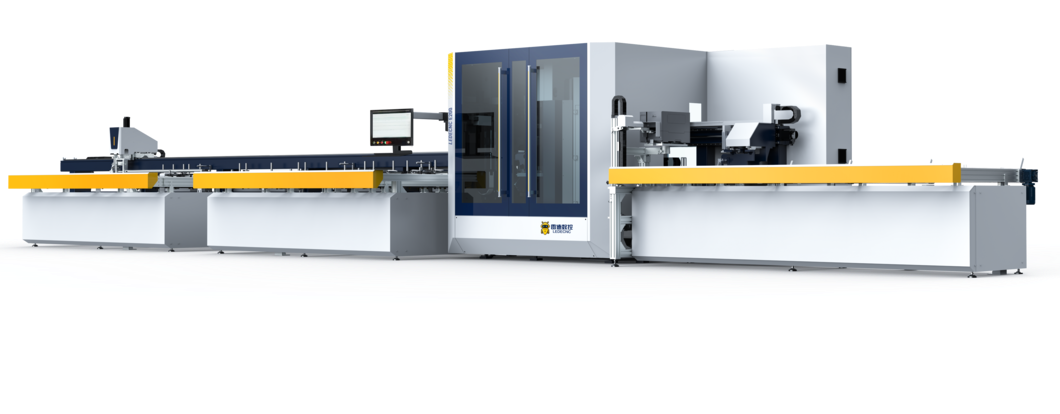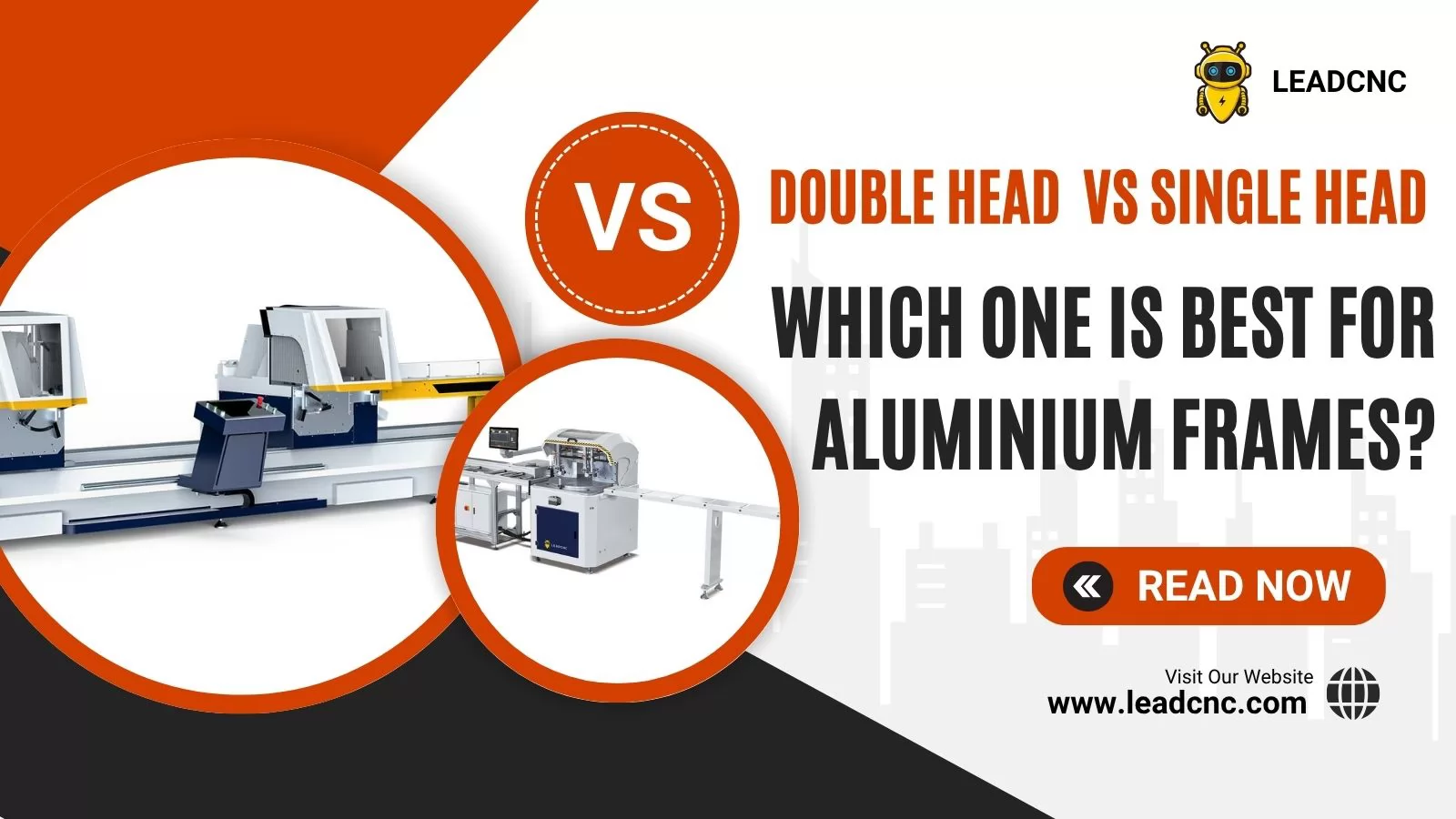
In modern aluminium frame production, precision, consistency, and efficiency are critical. As demand grows for sleek aluminium doors, windows, and partitions, fabricators must invest in the right machinery to stay competitive. One major debate is: Double Head Cutting Saw vs Single Head: Which One is Best for Aluminium Frames?
This question isn't just about speed or size—it's about long-term profitability, production quality, and future scalability. Whether you're running a small workshop or a high-output factory, the type of saw you use directly impacts productivity and product accuracy.
Aluminium is lightweight but tough. Cutting it cleanly without burrs, deformation, or angular deviations is essential for:
To meet these demands, two tools dominate the market: the Single Head Cutting Saw and the Double Head Cutting Saw. Let’s explore their differences in detail.
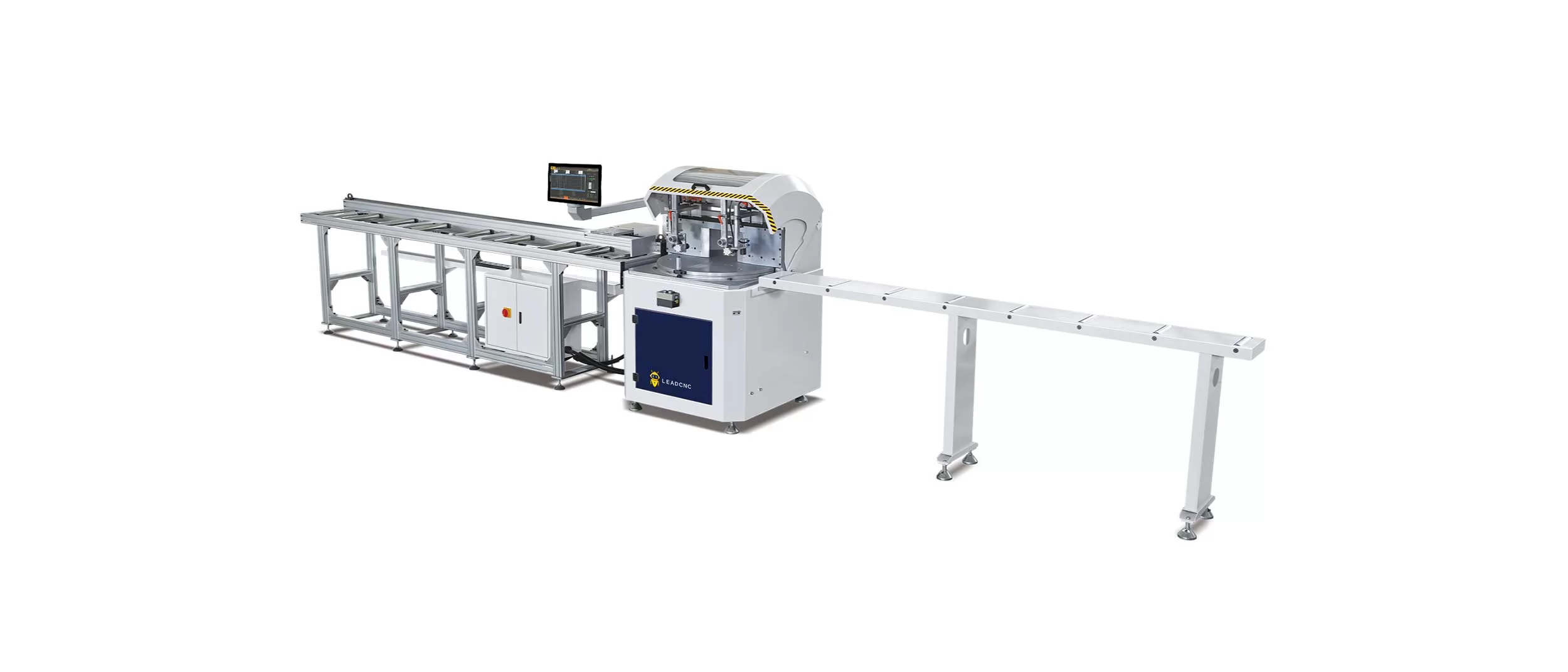
The single head cutting saw uses a single blade mounted on a pivot arm or sliding mechanism. It’s manually adjusted for angles and cut lengths, making it a versatile tool for various tasks.
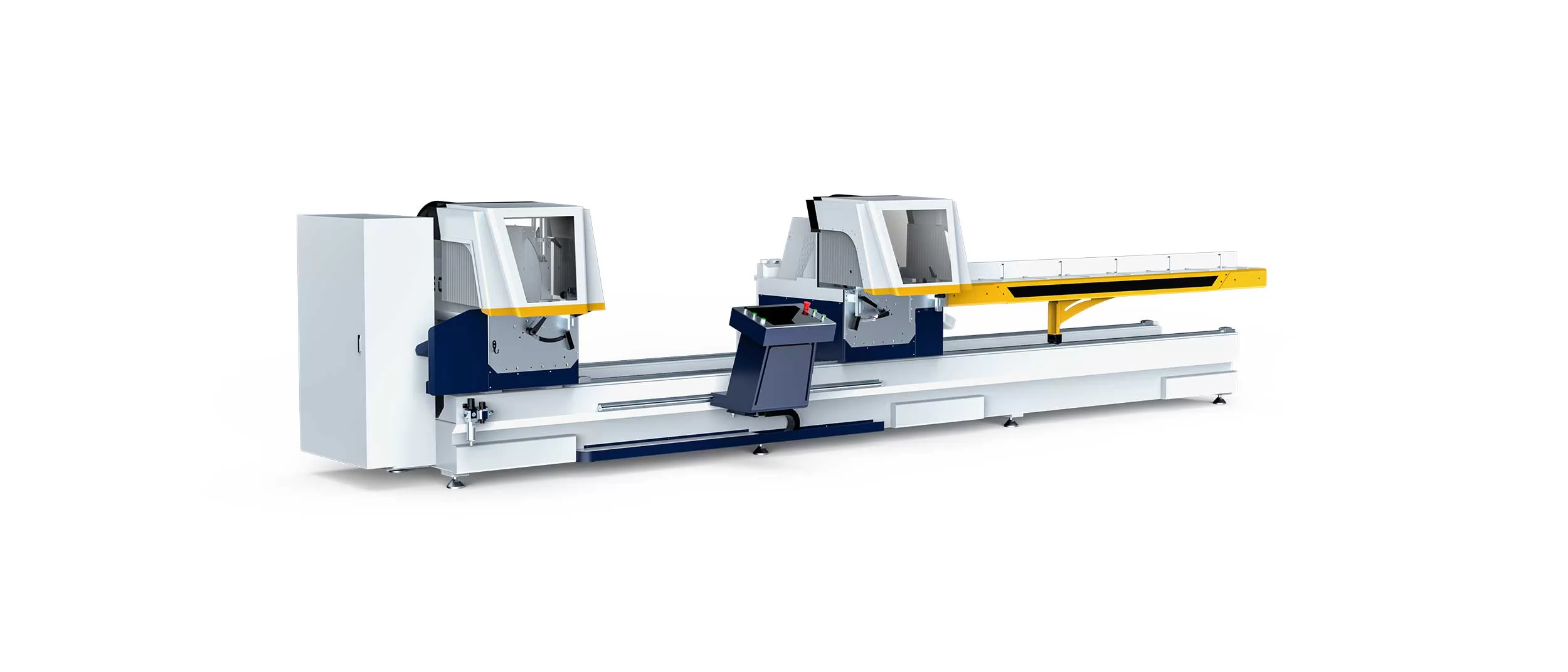
A double head cutting saw is equipped with two synchronized saw heads at opposite ends. It automatically positions and cuts both ends of an aluminium profile simultaneously—often programmable via CNC (Computer Numerical Control) for extreme precision.
| Feature | Single Head Saw | Double Head Saw |
|---|---|---|
| Cutting Mode | One side at a time | Simultaneous dual cuts |
| Accuracy | Depends on manual setup | Highly repeatable CNC precision |
| Production Speed | Lower | 2–4x higher |
| Operator Involvement | High | Low |
| Cost Efficiency (Long-term) | Low | High |
| Best For | Small batches, custom jobs | Mass production, tight tolerances |
Despite technological advances, single head cutting saws still shine in specific scenarios:
It’s also a good choice if your budget is tight but you still need reliable performance for precise aluminium cuts.
A double head cutting saw is a long-term productivity booster, especially if:
With increasing aluminium frame demand in real estate and green architecture, a double head system can give your business a competitive edge through speed, accuracy, and reduced labor costs.
| Cost Element | Single Head Saw | Double Head Saw |
|---|---|---|
| Initial Price | $2,500 – $10,000 | $15,000 – $50,000+ |
| Labor Costs | Higher (due to manual operation) | Lower (due to automation) |
| Maintenance | Basic (blade replacement, cleaning) | Advanced diagnostics needed (for CNC systems) |
| Power Consumption | Lower | Slightly higher (due to dual motors, automation) |
| Waste & Rework | Higher (due to potential manual errors) | Very low (due to precision and automation) |
| ROI Timeline | 3–5 years | 12–24 months (for high-throughput operations) |
While double head cutting saws cost more upfront, the return on investment (ROI) is significantly better for high-throughput operations due to increased efficiency and reduced waste.
Modern double head saws are often CNC-integrated and support a range of features that enhance productivity:
These features collectively reduce errors, minimize downtime, and shorten training time while increasing consistency across thousands of cuts, leading to superior product quality.
An established aluminium window manufacturer using a single head saw upgraded to a double head system to meet growing demand. The results were dramatic:
A startup fabricator chose a single head system to keep initial costs low and focus on custom-fit jobs for high-end residential projects. With only 30 profiles/day, their setup remains efficient and cost-effective, proving that the right tool depends on the scale and nature of the business.
There’s no one-size-fits-all answer, but here's the final breakdown:
Ultimately, the answer to "Double Head Cutting Saw vs Single Head: Which One is Best for Aluminium Frames?" depends on your production goals, budget, and volume. Carefully assess your operational needs to make the most informed decision for your business.
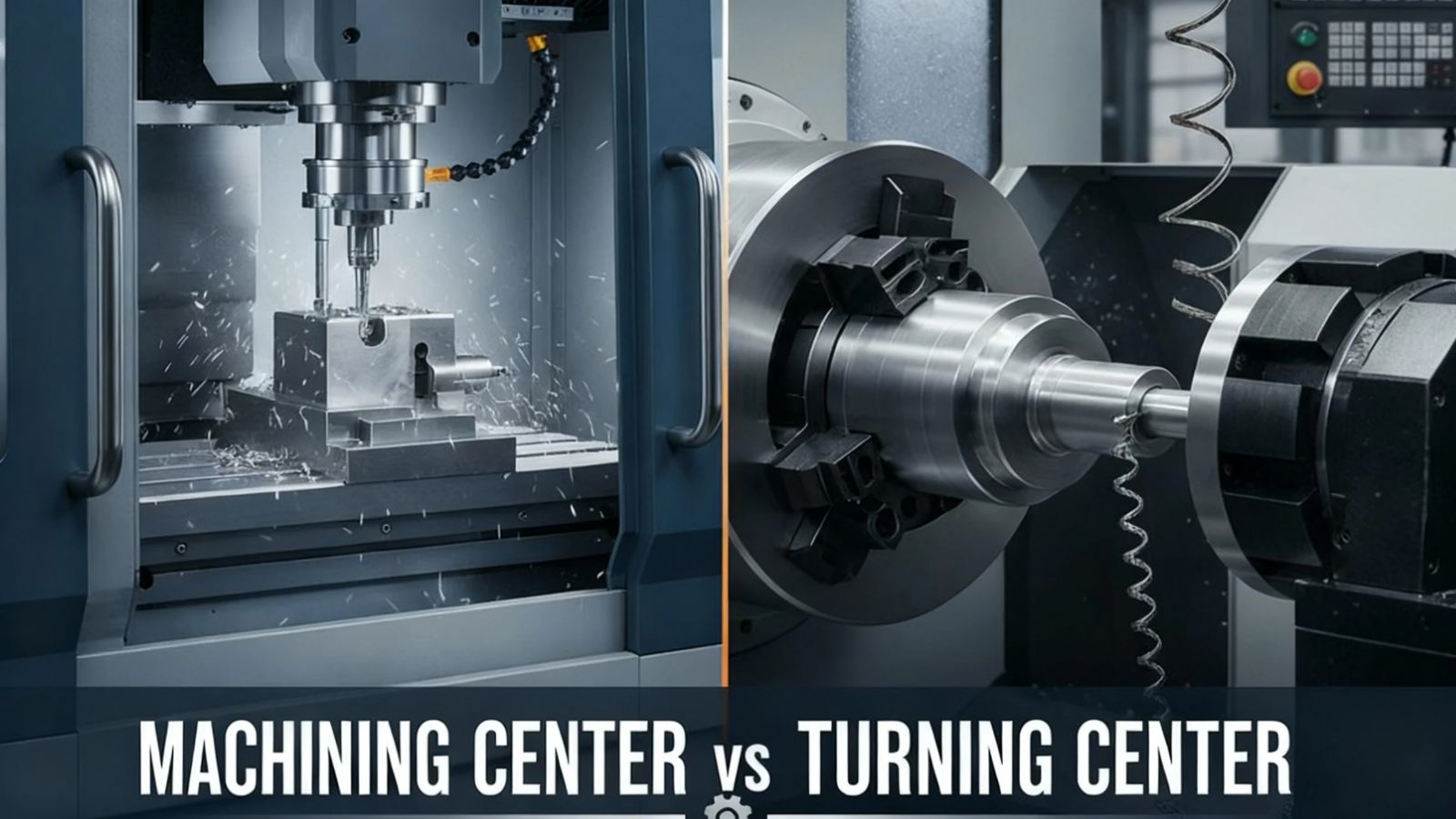

Understand the key differences between machining centers and turning centers. A guide for engineers and procurement on operational capabilities, precision, and selection criteria for CNC equipment.
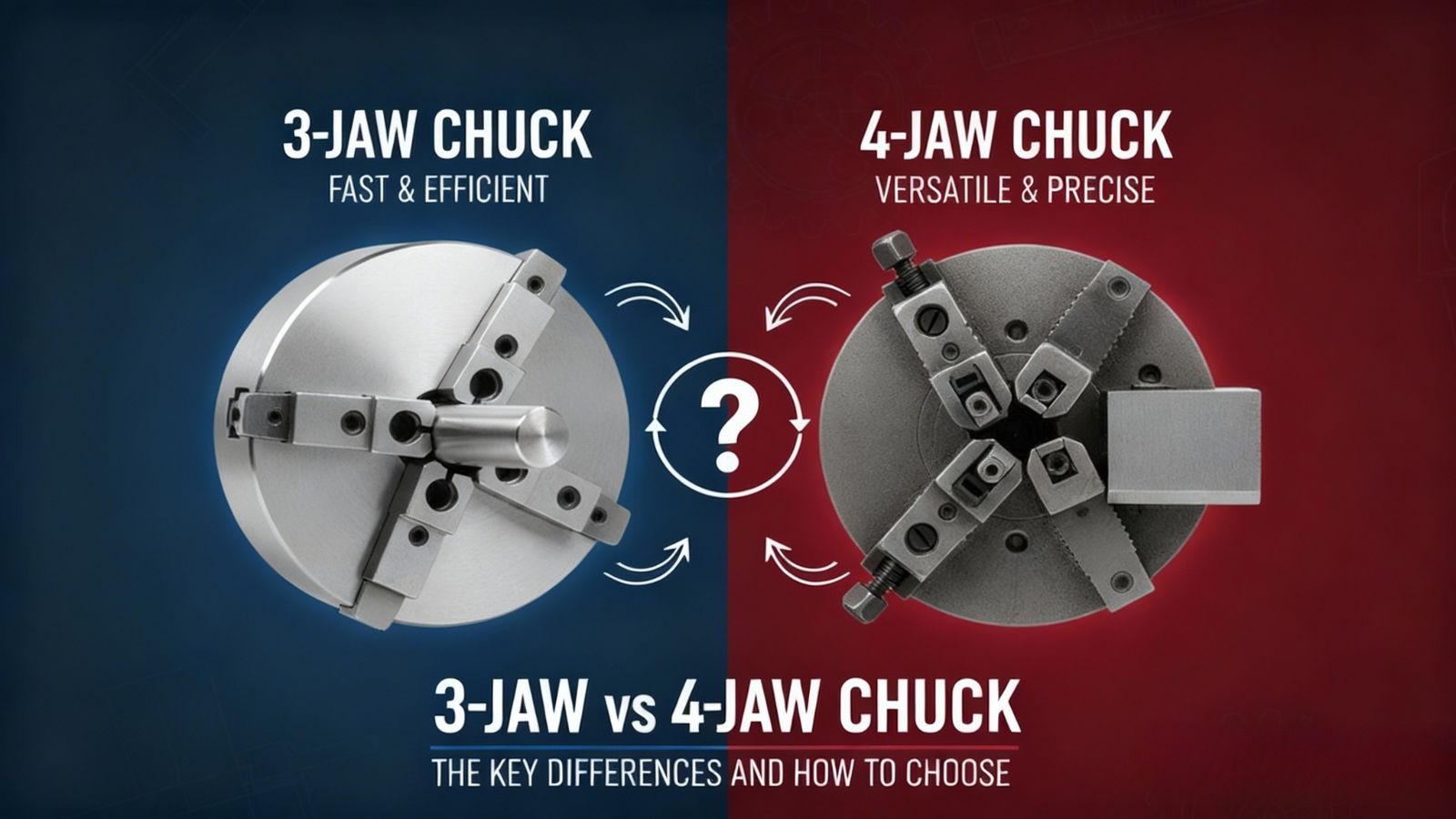

Compare 3-jaw vs 4-jaw chucks for turning operations. Learn the differences in self-centering, precision (runout), setup time, and how to choose the optimal chuck for high-volume or irregular workpieces.
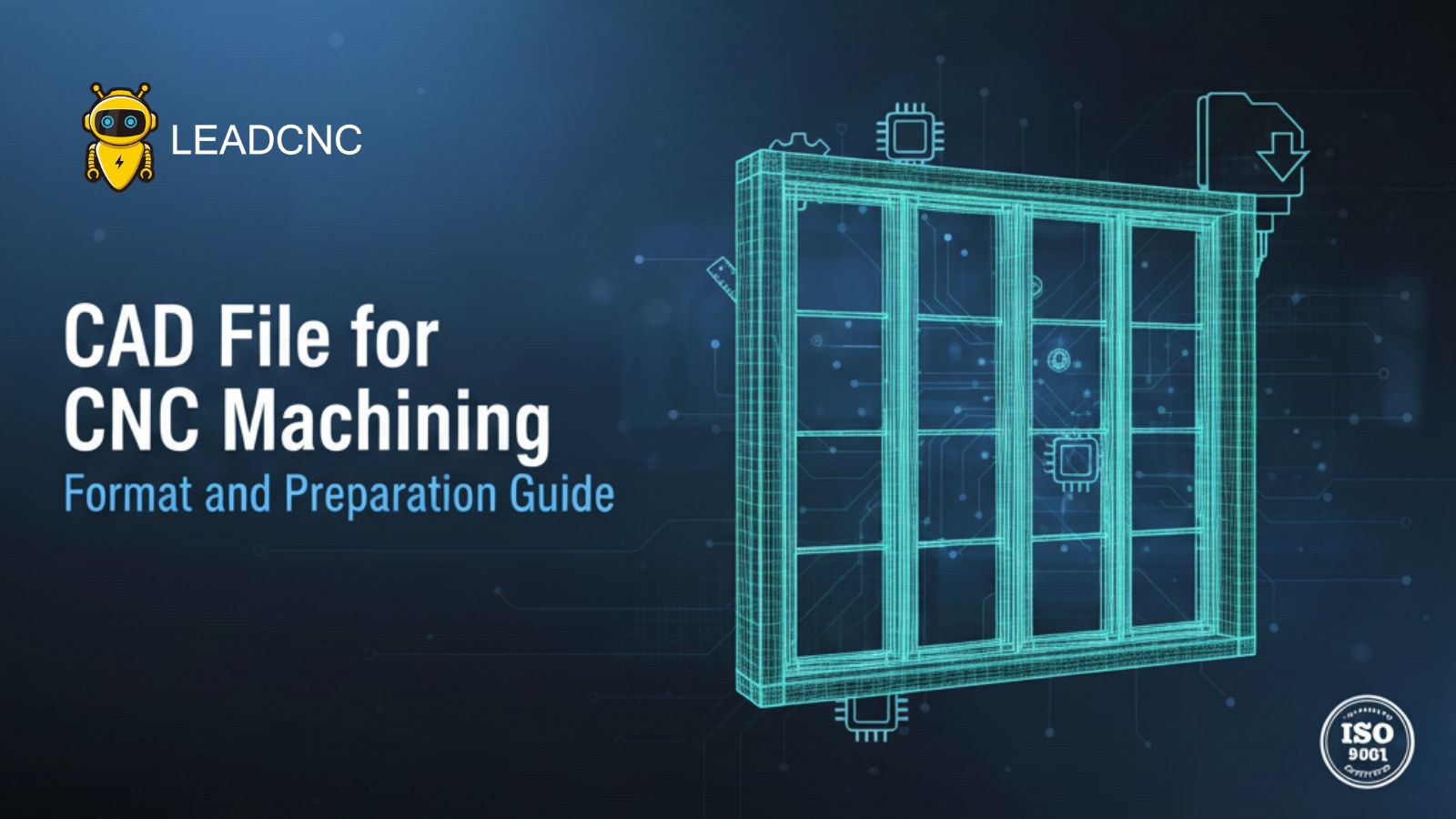

A definitive guide for engineers and procurement on preparing CAD files for CNC. Learn about essential formats (STEP, IGES), DFM practices, and geometric cleanup for precision machining.


Learn what a bar feeder is, how it works, its key components, types, and industrial applications. Discover how LEADCNC bar feeders improve CNC automation efficiency.


